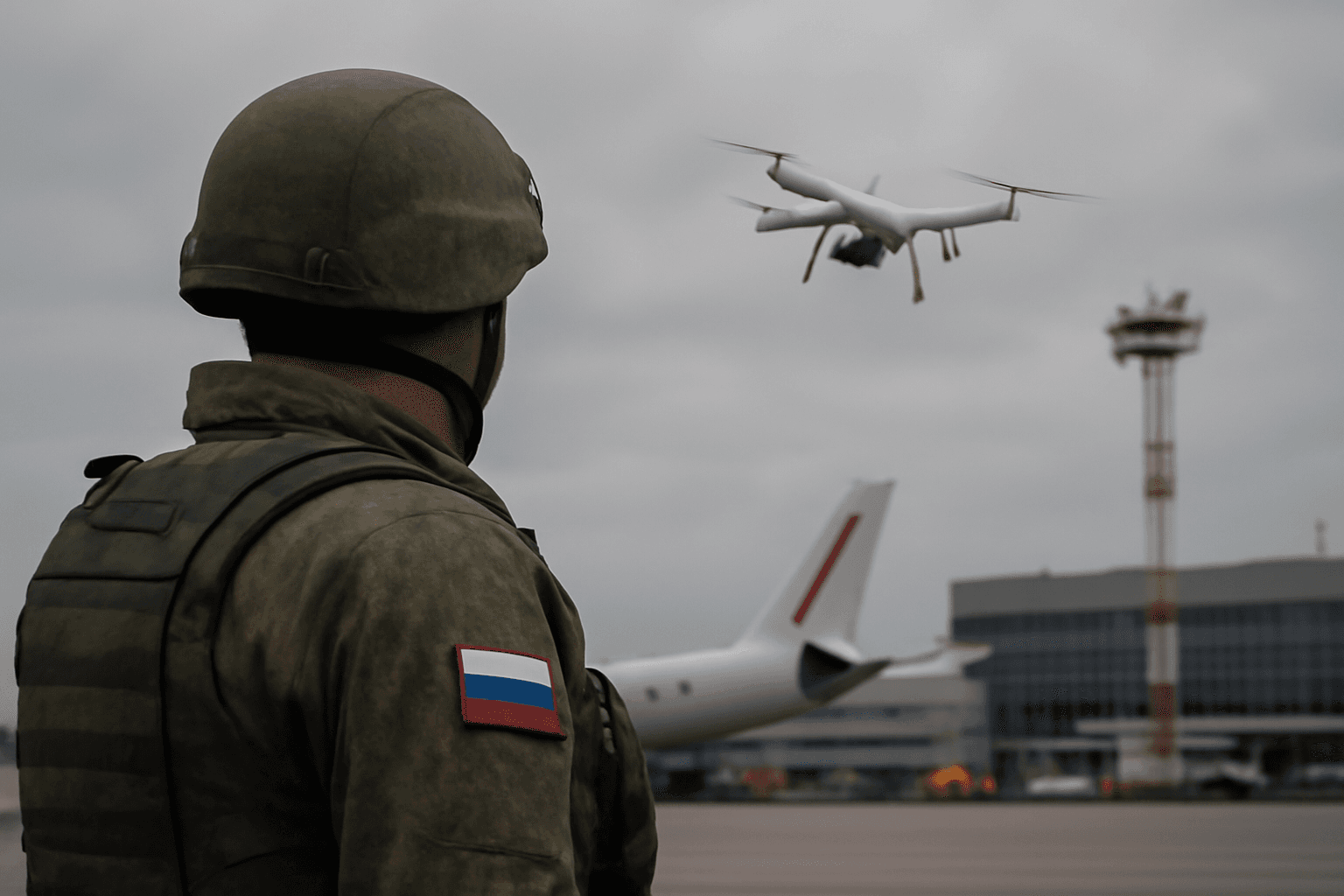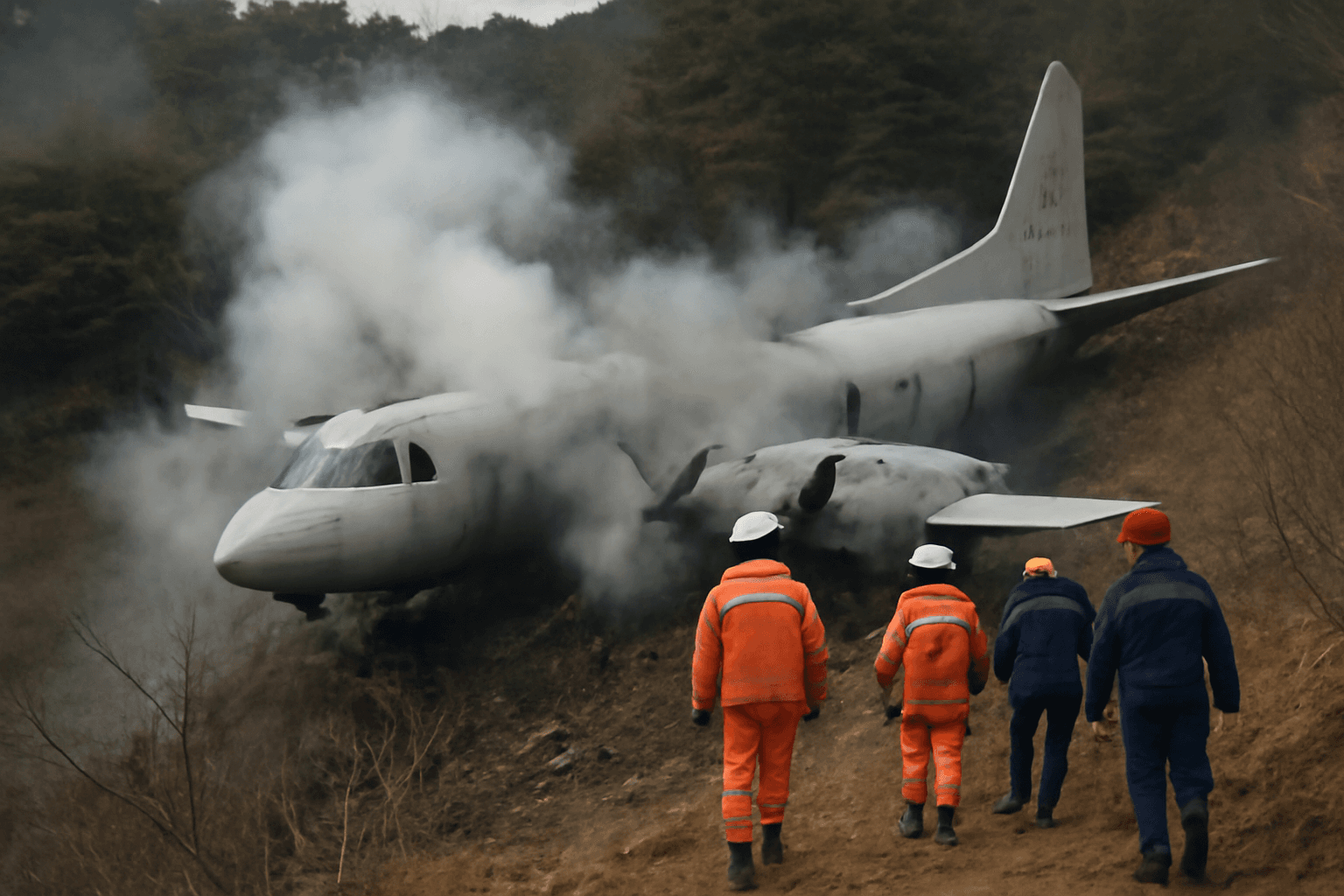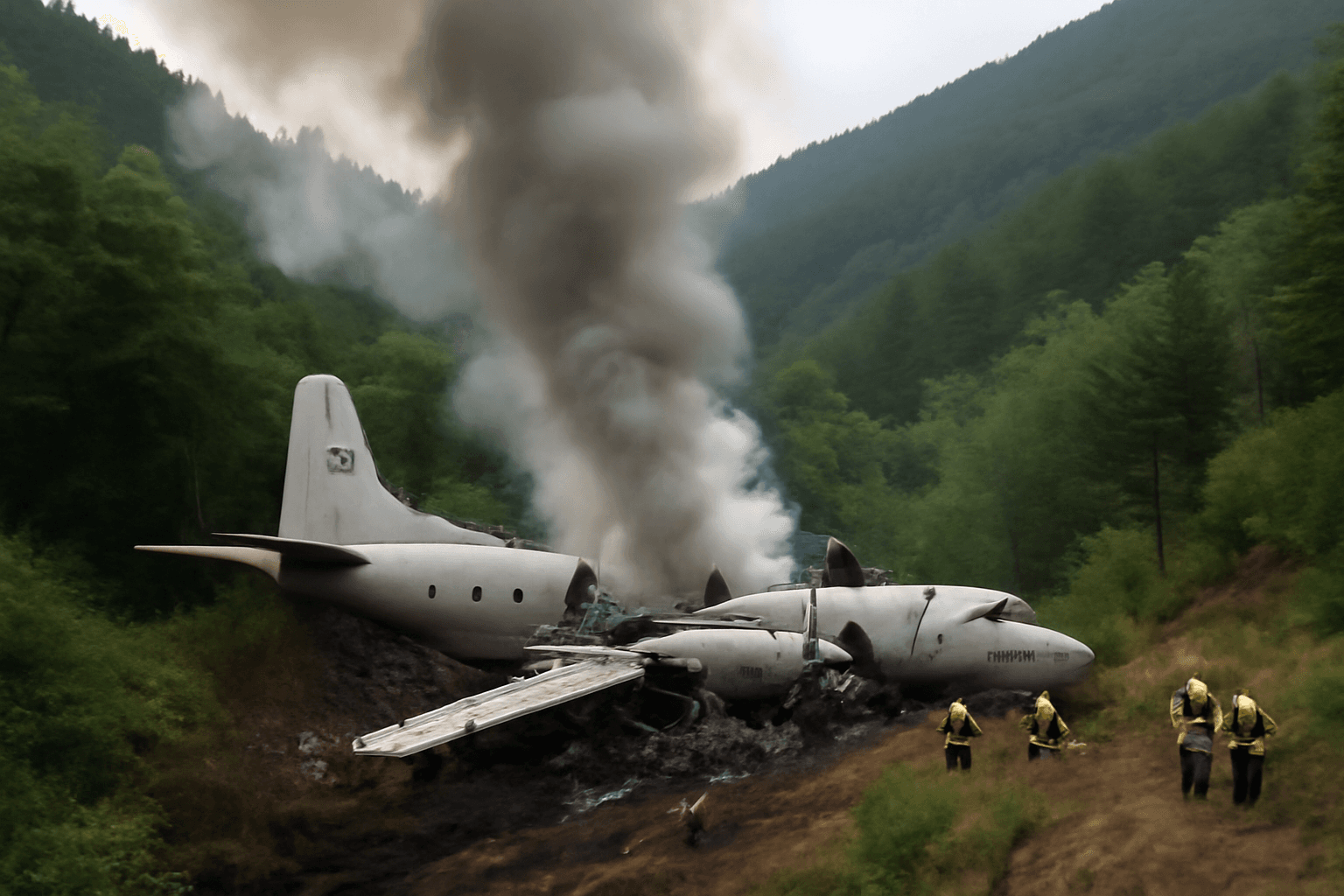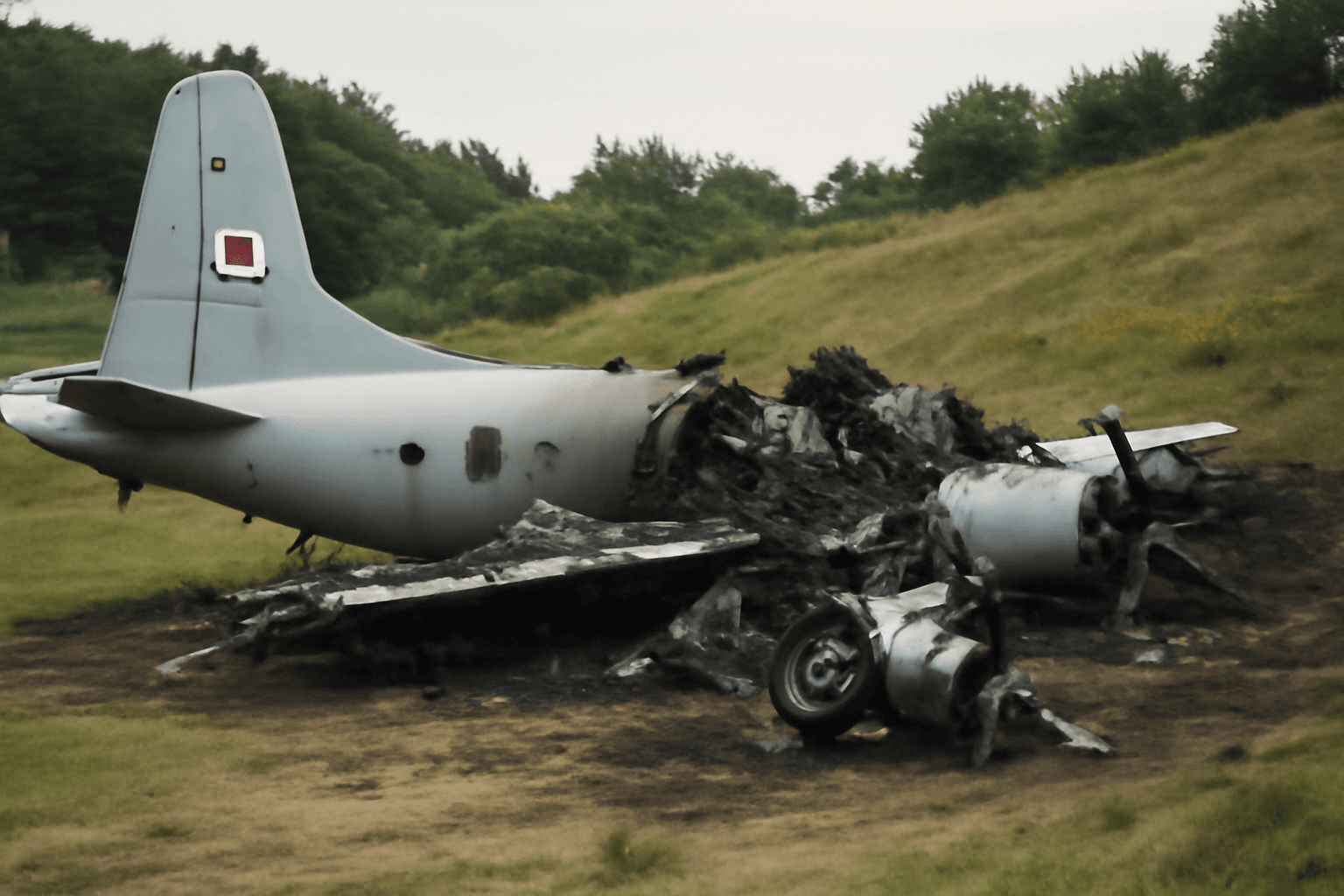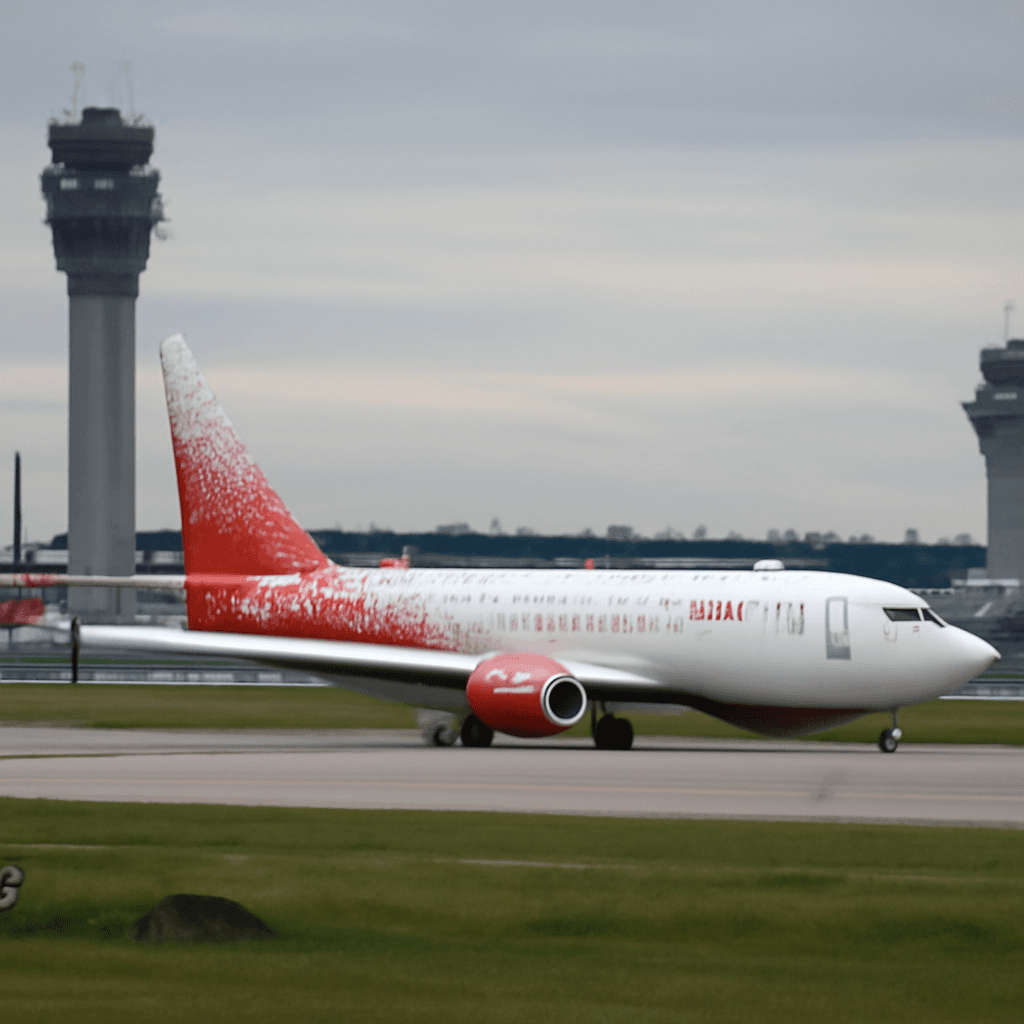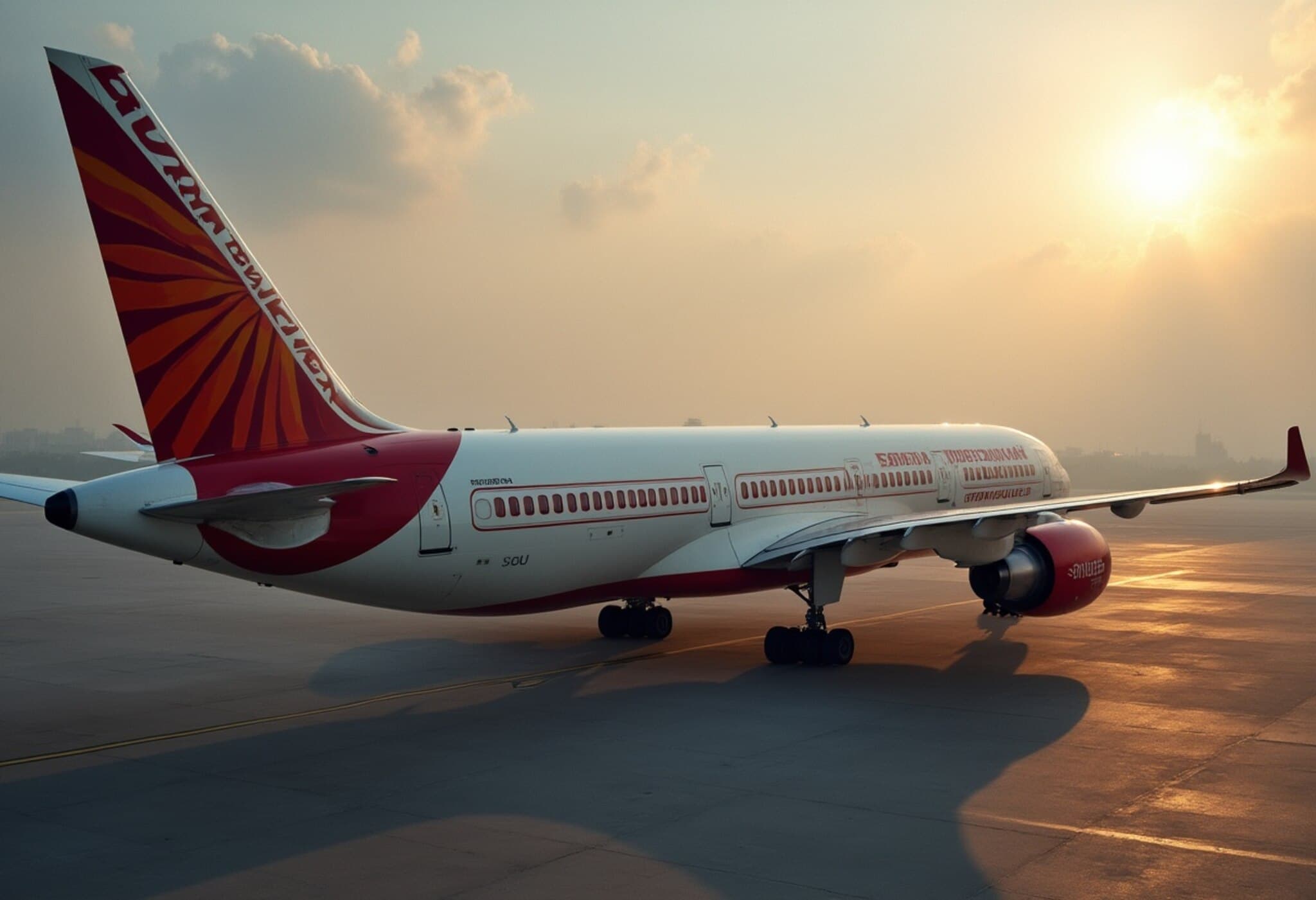Middle East Airspace Grounded Following Israeli Strikes on Iran
After Israel launched targeted attacks on Iran's nuclear sites, ballistic missile factories, and military commanders, the Middle East airspace has been largely shut down, prompting widespread flight cancellations and rerouting across the region. The escalating tensions mark the beginning of what Israel describes as a prolonged campaign to hinder Tehran’s atomic ambitions.
Flight Disruptions Ripple Across the Region
In response to the ongoing conflict, Tel Aviv’s Ben Gurion Airport was temporarily closed, and Israeli air defenses were placed on high alert amid fears of retaliatory strikes. Several major airlines, including Israel’s El Al, France’s Air France-KLM, Ryanair, Wizz Air, and the US carrier Delta, suspended or rerouted flights to and from Israel.
Flight tracking data revealed a virtual void over Iranian, Iraqi, and Jordanian skies, with most flights redirected through Saudi Arabia and Egypt to avoid the conflict zones. Eurocontrol reported that around 1,800 flights involving Europe were disrupted on Friday, with roughly 650 flights canceled.
Global Impact on Airlines and Fuel Costs
The intensified Middle East tensions dealt a blow to airline stocks worldwide. British Airways owner IAG slid by 4.6%, Delta Air Lines by 4%, and Ryanair by 3.5%. In addition, oil prices surged, sparking fresh concerns over soaring jet fuel expenses, further compounding the challenges for the aviation industry.
Wider Airspace Restrictions and Flight Rerouting
With Russian and Ukrainian airspace closed due to ongoing war, Middle Eastern routes had become critical corridors for flights between Europe and Asia. Now, with Iran, Iraq, Jordan, and Israel closing their skies, airlines have been forced to chart longer, costlier paths. Several countries issued airspace closures:
- Iran closed its airspace indefinitely.
- Iraq suspended all flights and airport operations.
- Jordan followed suit, shutting down its airspace hours after Israeli operations began.
- Russia banned use of Iranian, Iraqi, Israeli, and Jordanian airspace until late June, grounding numerous flights from Russian cities.
Major carriers like Air India rerouted flights from North America and Europe that normally fly over Iran—impacting services originating in New York, Vancouver, Chicago, and London. Lufthansa suspended flights to Tehran and avoids Iranian, Iraqi, and Israeli airspace. Emirates halted flights to Iraq, Jordan, Lebanon, and Iran, while Qatar Airways canceled routes to Iran, Iraq, and Syria.
New Flight Paths and Safety Concerns
Safe Airspace, an aviation risk monitoring group, noted, “Traffic is now diverting either south via Egypt and Saudi Arabia, or north via Turkey, Azerbaijan, and Turkmenistan.”
The increased hostility follows a grim history of air travel risks in conflict zones. Since 2001, six commercial planes have been unintentionally shot down, and multiple near misses recorded, highlighting the perils airlines face when flying near volatile regions. Last year, two separate plane shootdowns occurred in Kazakhstan and Sudan, while previous notable incidents include the downing of MH17 over Ukraine in 2014 and Ukraine International Airlines flight PS752 in 2020 over Tehran.
Ongoing Uncertainty Clouds Middle East Airspace
As Israeli and Iranian forces brace for potential retaliatory moves, the ripple effect continues to disrupt global air traffic, complicate airline operations, and strain cost structures. Travelers and airlines alike face an unpredictable environment shaped by geopolitical strife and evolving safety concerns in one of the world's most sensitive air corridors.


